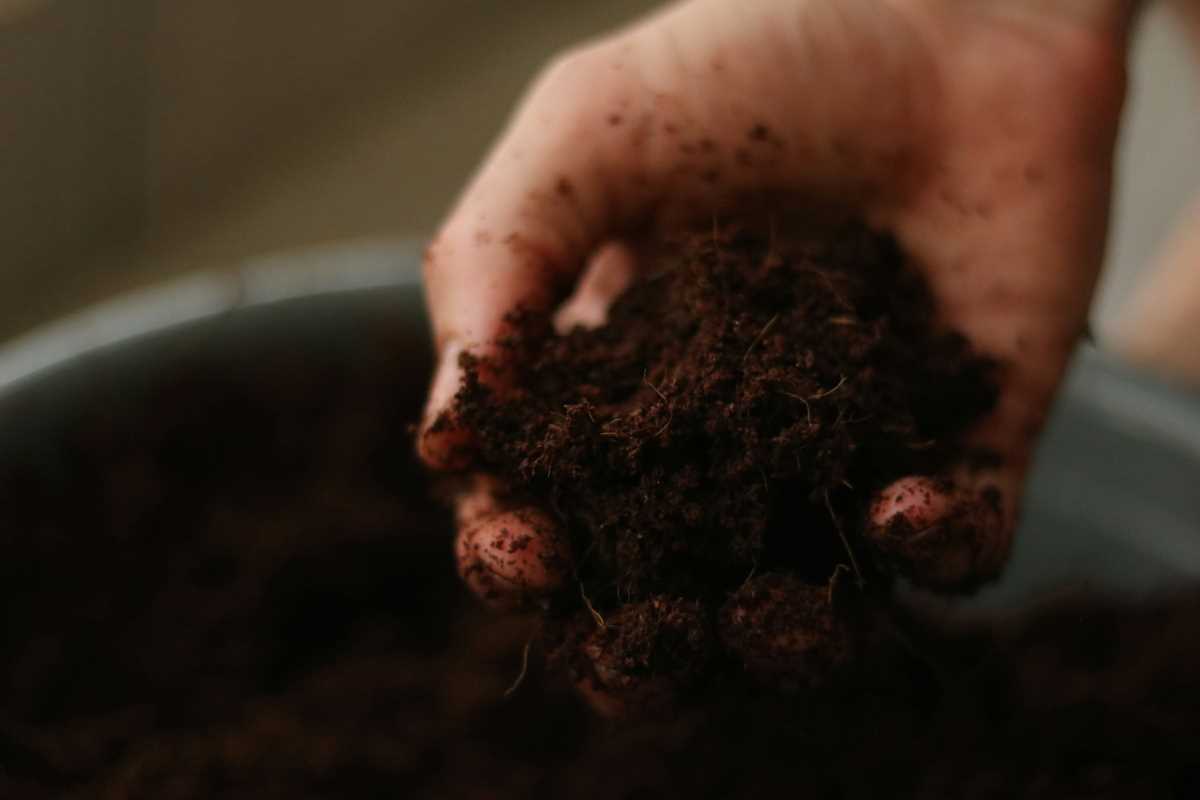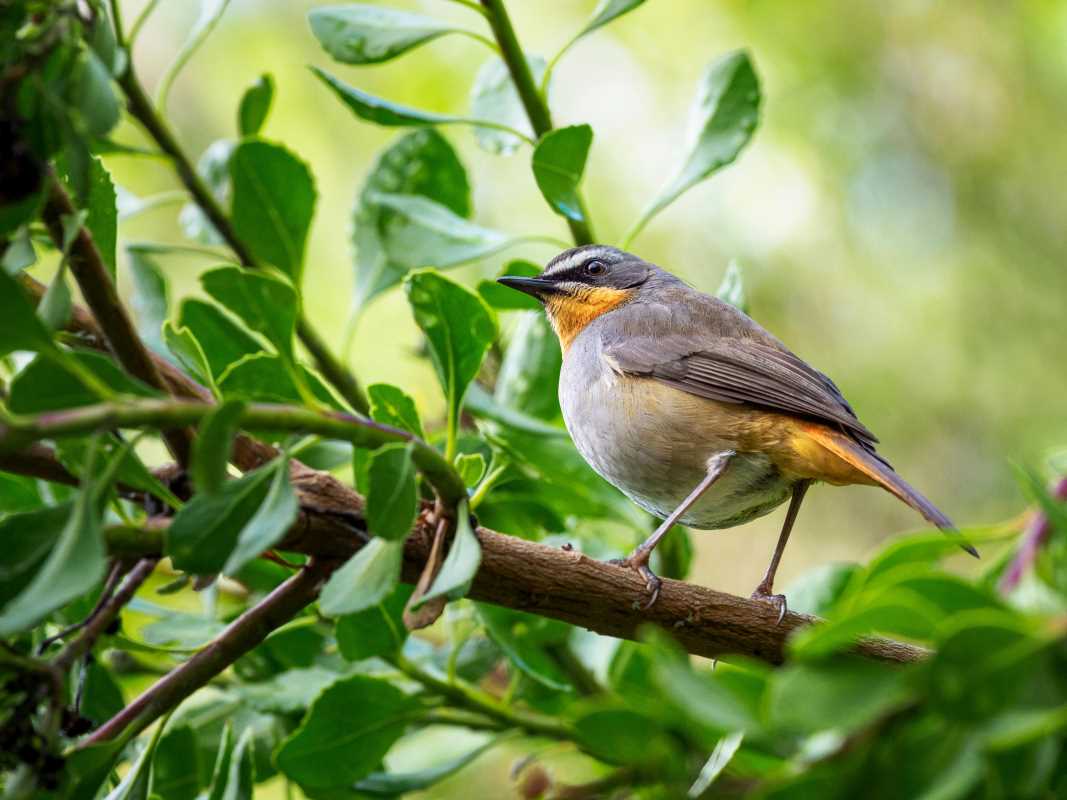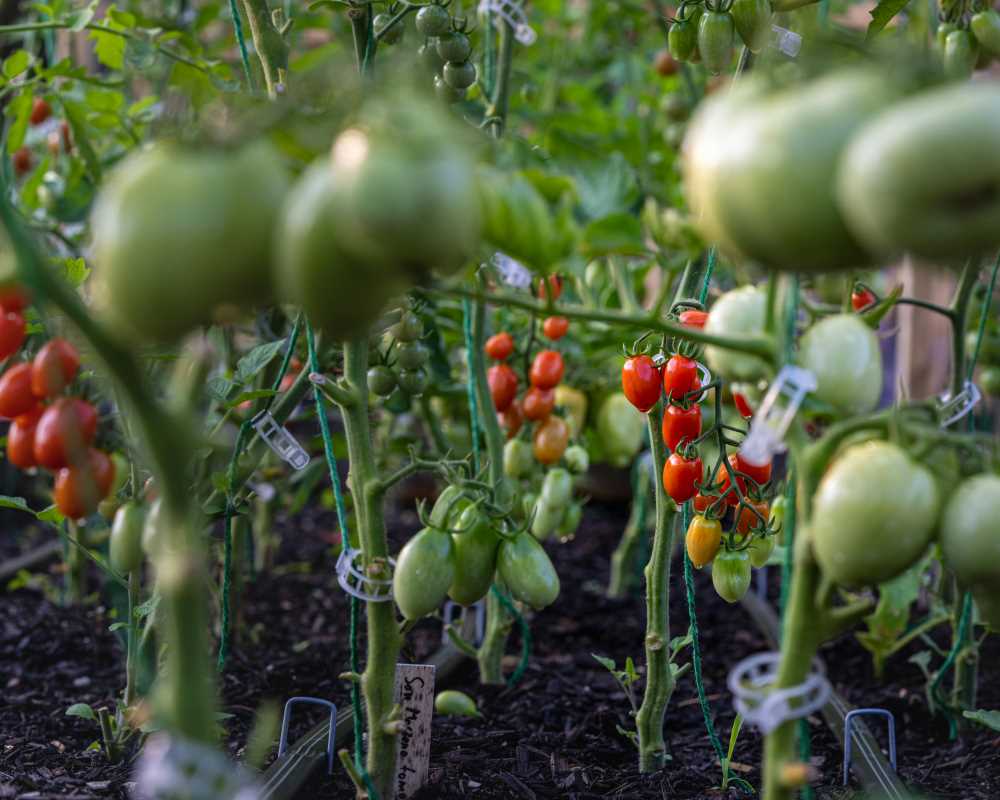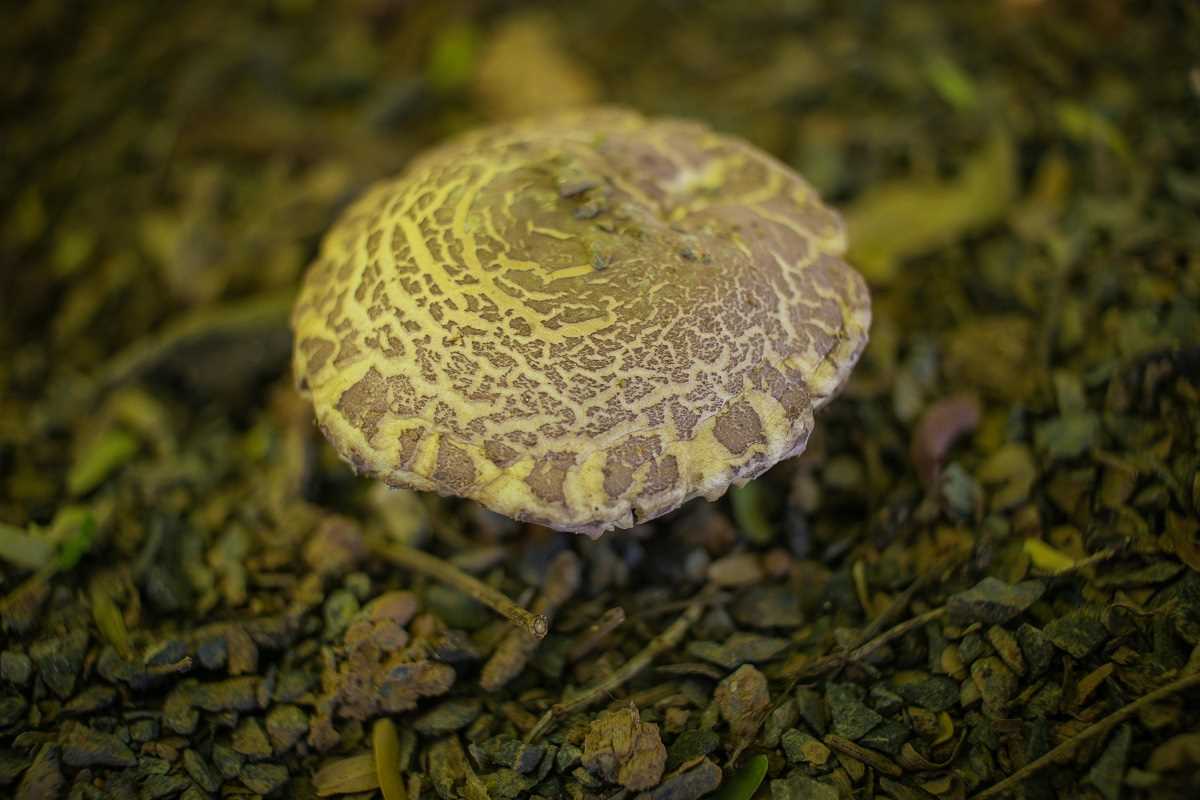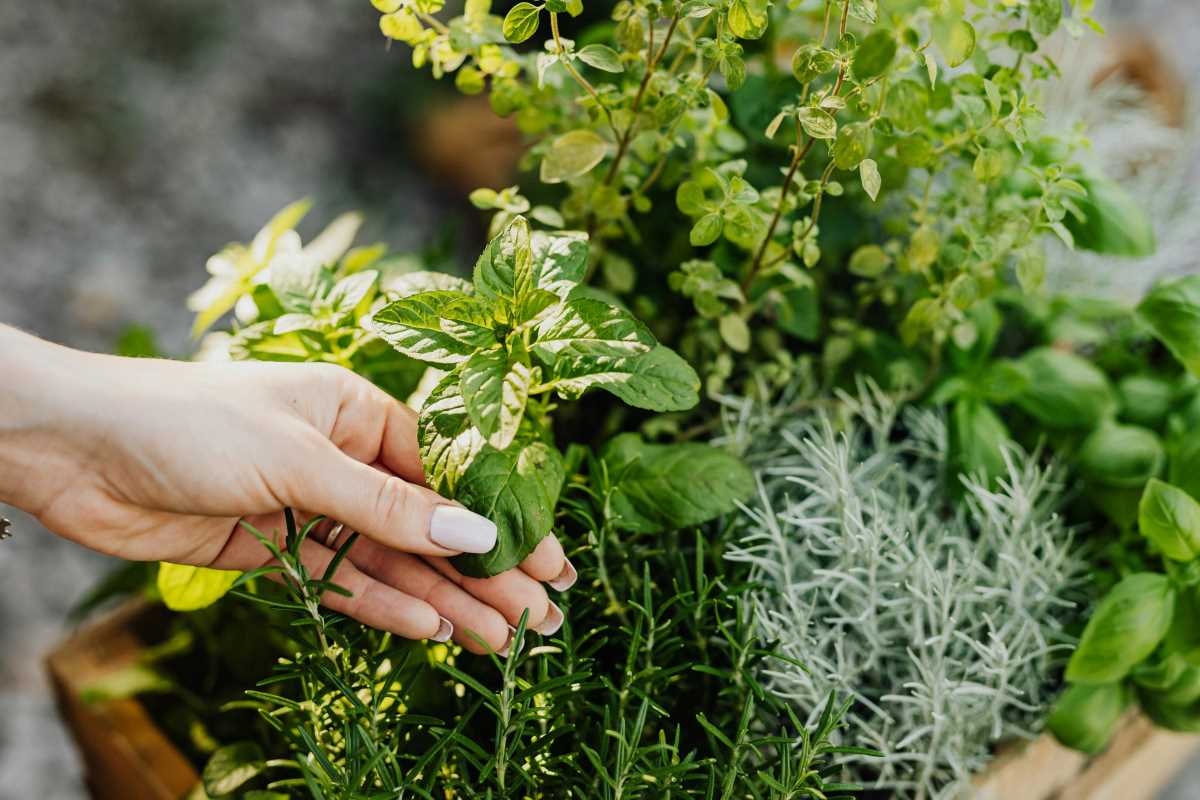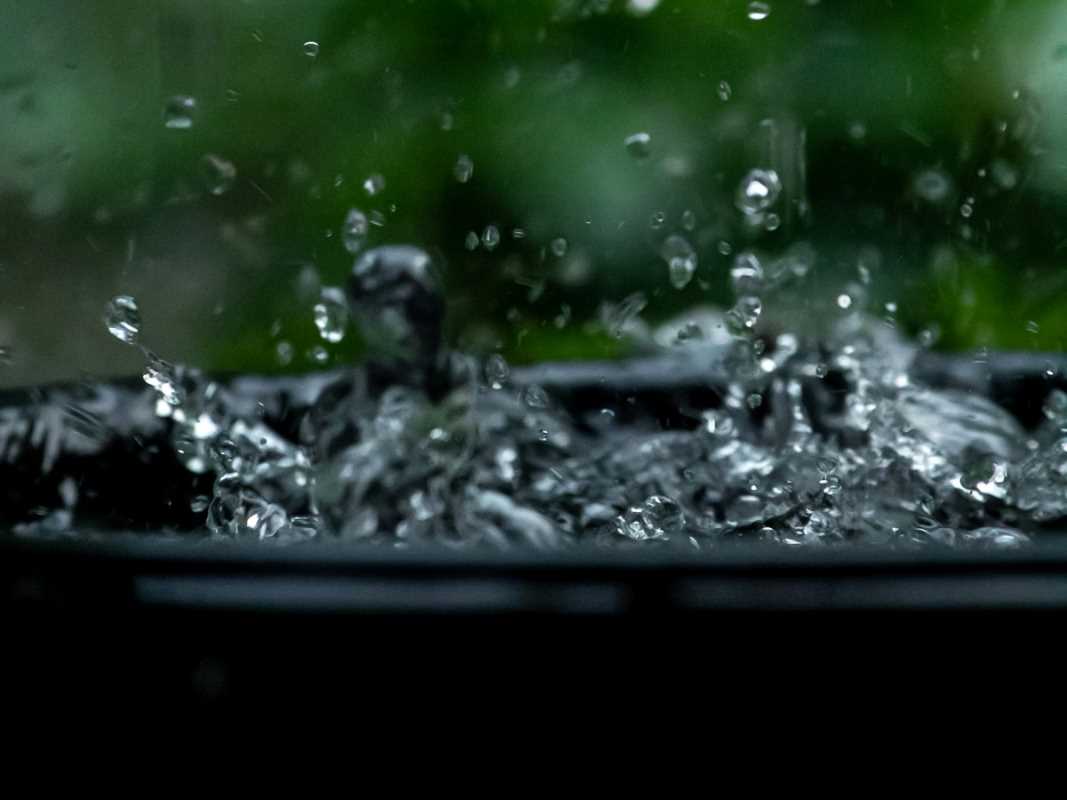Keeping insects in check is a challenge every gardener and homeowner faces, but chemical pesticides are not the only solution. These products often harm beneficial insects, pollute the environment, and pose health risks for humans and pets. Thankfully, there are plenty of effective, natural ways to deter harmful insects without resorting to harsh chemicals.
This guide explores eco-friendly methods like companion planting, DIY repellents, physical barriers, and creating a healthy, balanced ecosystem. Say goodbye to harmful pests while keeping your garden and home safe for beneficial insects and wildlife.
Why Skip Chemical Pesticides?
Chemical pesticides might promise quick results, but they come with some serious downsides.
- Harmful to Pollinators: Bees, butterflies, and other helpful pollinators can be poisoned by chemical residues.
- Disruption of Ecosystems: Pesticides don’t discriminate and often kill beneficial insects like ladybugs and lacewings that naturally control pests.
- Environmental Impact: These chemicals can seep into soil and waterways, contaminating fragile ecosystems.
- Health Risks: Prolonged exposure to pesticides may impact human and pet health, causing skin irritation, respiratory issues, or even chronic illnesses.
Adopting natural pest control solutions benefits your plants, supports biodiversity, and protects your loved ones.
Companion Planting
Companion planting is one of the most effective ways to naturally deter harmful insects. By planting specific flowers, herbs, and vegetables together, you can confuse pests, repel them, or attract beneficial predators to your yard.
Plant Pairings That Repel Pests
- Marigolds: Their strong scent repels aphids, nematodes, and whiteflies. Plant them near tomatoes, peppers, and beans.
- Basil: Protects tomatoes from flies and mosquitoes while enhancing growth.
- Chives and Garlic: Deter aphids and Japanese beetles when planted with roses or lettuce.
- Nasturtiums: Keep aphids and caterpillars at bay in vegetable gardens.
Attract Beneficial Predators
Ladybugs, lacewings, and hoverflies are natural enemies of common pests like aphids and whiteflies. Use plants like dill, fennel, and yarrow to invite these helpful predators.
By designing your garden with companion plants, you reduce the need for interventions while promoting a lively, balanced ecosystem.
Natural Repellents
Homemade repellents are simple to make, effective, and safe for the environment. Here are some easy DIY solutions to try.
Garlic and Chili Spray
Ingredients:
- 2 bulbs of garlic
- 2 chili peppers
- 1 quart of water
Instructions:
- Blend the garlic and chili peppers with half the water.
- Strain the mixture and add the remaining water.
- Spray onto affected plants weekly or after rain.
This spicy concoction repels aphids, caterpillars, and beetles.
Neem Oil
Neem oil is a natural insecticide derived from the neem tree. It interferes with the lifecycle of pests like aphids, spider mites, and mealybugs.
- How to Use: Mix 2 tablespoons of neem oil with 1 gallon of water. Spray plants early in the morning or late in the afternoon to avoid harming pollinators.
Essential Oils
Certain essential oils naturally repel pests while adding a pleasant scent to your garden or home.
- Lavender Oil: Deters moths and fleas.
- Peppermint Oil: Keeps ants and spiders away.
- Eucalyptus Oil: Repels mosquitoes.
Dilute a few drops of essential oil in water and spray areas where pests are common.
Physical Barriers
Physical barriers prevent insects from reaching your plants or sneaking into your home. These methods are especially effective for gardens and vegetable patches.
Floating Row Covers
Lightweight fabric row covers allow sunlight and rain to pass through while keeping pests like cabbage worms and moths away. Secure the edges tightly to prevent insects from sneaking in.
Mulching
Applying organic mulch like wood chips or straw not only conserves moisture but also deters certain pests like thrips and fungus gnats by creating an uninviting environment.
Netting and Mesh
Use mesh screens or netting around plants to prevent access by beetles, aphids, and moths. A fine mesh can also protect fruit trees from fruit flies.
Sealing Cracks
Inspect your home for gaps around windows, doors, and vents. Use caulk or weatherstripping to seal these openings, blocking access for ants, spiders, and other insects.
Maintain a Balanced Ecosystem
A healthy, biodiverse garden is the best defense against harmful pests. When your garden supports beneficial insects, birds, and microorganisms, pest populations naturally stay under control.
Encourage Beneficial Wildlife
- Birds: Attract insect-eating birds like wrens and sparrows by adding birdhouses and native shrubs.
- Frogs and Toads: Provide a small pond or water dish to invite these natural pest controllers.
- Bats: Build a bat box to encourage these nocturnal creatures to feast on mosquitoes and moths.
Healthy Soil
Pests are less likely to attack healthy, well-nourished plants. Strengthen your soil with plant-based compost, green manure, or organic fertilizers.
Rotate Crops
Crop rotation helps prevent pests from building up in one area. For example, avoid planting members of the same family (like tomatoes and peppers) in the same spot every year.
Additional Pest Control Tips
Keep Vegetation Trimmed
Overgrown vegetation provides hiding spots for pests. Regularly prune plants and remove weeds to reduce insect habitats.
Water Appropriately
Avoid overwatering, as standing water attracts mosquitoes and fungal gnats. Water early in the day to allow soil and foliage to dry before nightfall.
Use Trap Crops
Trap crops are sacrificial plants designed to divert pests away from your main garden. For example:
- Nasturtiums: Attract aphids but keep them away from vegetables.
- Blue Hubbard Squash: Diverts squash vine borers from cucumbers and pumpkins.
By combining strategies like companion planting, natural repellents, and physical barriers, you can protect your garden and home while supporting a healthy ecosystem.
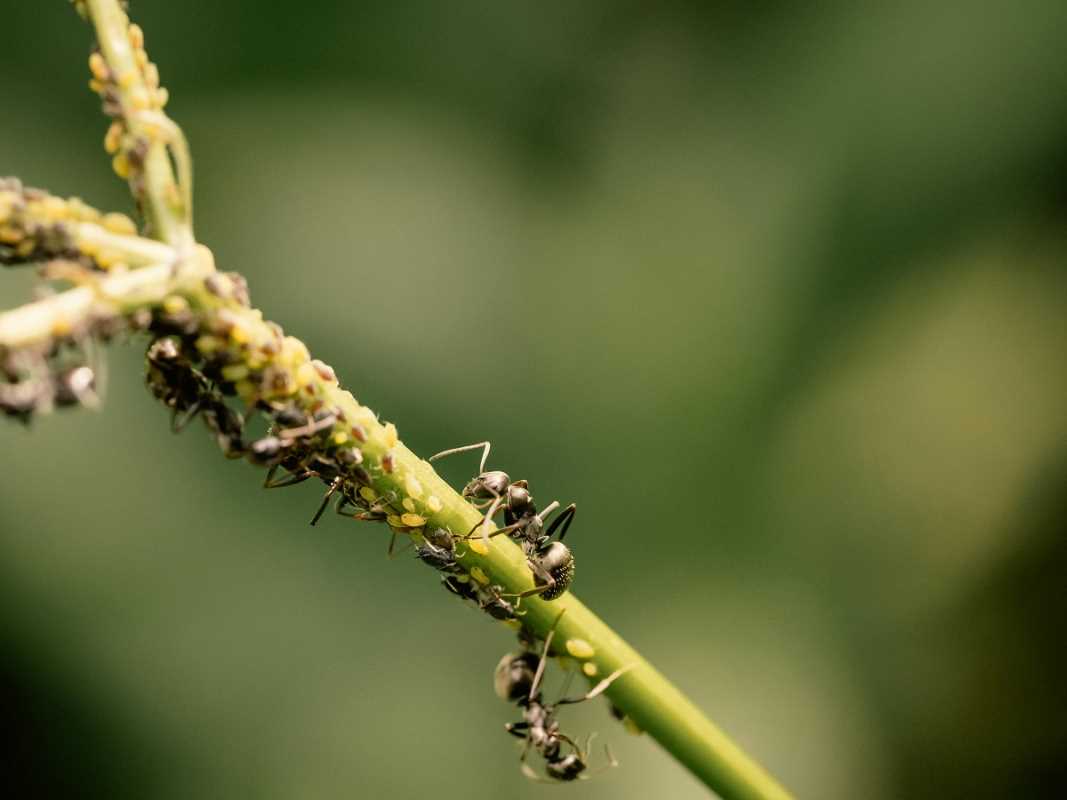 (Image via
(Image via